Sea kayaking on San Juan Island, Washington [REVIEW]
In today’s guest post, my amazing friend Megan shares about her trip last weekend to San Juan Island, Washington, where she enjoyed a guided sea kayaking tour, a speed boat tour, and Pacific Northwest island exploring. She’ll tell you exactly how to get there, where to go, and what the experience is like kayaking with wild sea lions, seals, and more…
Planning your trip
Getting to San Juan Island, Washington
To start your trip, you’ll want to head to San Juan Island, just off the coast of Washington. While it might not sound easy to get there at first, it’s actually simple to coordinate and do. Taking the ferry out of Anacortes, WA, is going to be your simplest and most cost-effective way. However, if you’re traveling light, just going for the day, or looking for more adventure, you can book a seaplane out of Seattle.
Spectacular views from the Anacortes Ferry on the way to San Juan Island, Washington.
Taking the ferry
The Anacortes Ferry offers walk-on and drive-on spots. If you are bringing your car, you must have a reservation. Don’t assume spots will be available and spots book up quickly!
If you plan on bringing your car, arrive about an hour prior to the scheduled ferry time to guarantee a spot on the boat you book. The website says the requirement is 40 minutes, but with other cars in line before you, you will want to make sure you are checked in at that 40-minute mark.
The ferries open up reservations in intervals: 25% two months in advance, 25% two weeks in advance, 25% two days in advance, and they leave 25% for overflow. You can find more information on Anacortes Ferry reservations here.
The ferry ride is just over an hour, and you are greeted with amazing views of Mount Baker and the stunning topography of the San Juan Islands. Keep your eyes peeled for wildlife too – I was lucky enough to spot some orcas and porpoises on the way over!
San Juan Island
Once I was on the island, I was overcome by how charming it is... I couldn’t wait to experience more! I had booked a tour with San Juan Kayak Expeditions. The tour included a group of seven plus our guide, Noah.
We all met downtown at their local business office and drove through the island to our launch spot, Smallpox Bay (more on that later). Throughout the 20-minute drive, our guide Noah told us all about the San Juan Islands—like how there are 100 islands in total! San Juan and Orcas are the most populated.
San Juan has about 5,000 year-round residents, but in the summer, it balloons to 22,000, so I recommend going in that sweet prime season timeframe from May 1st to pre-Labor Day.
Noah took our group around the island, showing us some of his favorite local swimming spots. We passed the route we would be kayaking, and he gave us some history on the area.
The first point of passage by car was Lime Kiln Park, one of the most popular whale-watching areas and easily accessible by car. The park is named for its history as a limestone factory, as San Juan Island was one of the largest producers of limestone in the late 1800s.
Dead Man’s Bay and Smallpox Bay
Just past Lime Kiln is Dead Man's Bay, aptly named for its dark history as a port where boats would bring in workers for the mines. Any undocumented workers did not make it off the boat.
Finally, we arrived at our destination, Smallpox Bay, which, in keeping with the theme of embracing its dark history, reminds us all that we live on stolen land.
This bay was home to victims of smallpox brought over by Western settlers. The area is now a well-preserved park with pristine beauty and views everywhere you look.
As I exited the van, a family of geese with baby goslings greeted me.
Kayaking at San Juan Island
Noah had all the kayaks waiting for us. As a group we brought them down to the van and removed all the gear for the day. I enjoyed this process because, unlike some other experiences, I felt like this hands-on preparation taught me what’s important to have on-hand with sea kayaking and the intricacies of the boat itself.
This was my first experience in open water, so going through every aspect and piece of gear made me feel safer and more at ease!
And as a heads-up (because I know this is an important detail for most) there are facilities here to use the restroom and wash hands before embarking on a sea kayaking adventure.
Our sea kayak boats and kayaking accessories
The kayaks we used were fiberglass tandem sea kayaks, meaning one person was in back and one was in front. Each had a rudder at the back for steering and came with a bilge pump and a sponge in case of water entry or capsizing, although I was reassured multiple times that this was extremely unlikely.
We were then outfitted with a spray skirt, which is a bib-like contraption that fits over the open cockpit of a kayak boat. Of course, we also wore life jackets!
Noah gave us an overview of how to paddle properly, safety tips,and instructions on navigating boat wakes (tip: you turn into them and keep on paddling!).
Sea kayaking on the Salish Sea
When we launched into the sea, the water was calm, and we had very low wind. We started our excursion around 10am and were told the morning is better, as the wind tends to pick up in the afternoon.
As we headed out into the open water, my anxiety started to creep up on me as the kayak began rocking with the increased winds. Sea kayaking does take a bit to get used to! But after a few minutes on the water, applying our expert guide’s great tips, and practicing my own skills with this new boat, I paddled any lingering worries away.
The Salish Sea, which is what the inland water is referred to as between the islands of Olympia, San Juans, and Vancouver, is home to so many different types of marine wildlife, and kayaking will definitely provide you ample opportunities for sightings.
Not long into our trip, we got our first marine Pacific Northwest wildlife sighting. Sunning itself on a rock was a seal with two more in the water next to it!
I had never seen a seal before and was ecstatic, to say the least! Noah reminded us to remain respectful of their space and not to paddle close to the rocks. Seals and Steller sea lions in the area are not found alone. If you see one, there are likely at least two in the water, if not more!
[Read more: Can you tell the difference between seals and sea lions?]
As we headed south towards Lime Kiln Park and the lighthouse, the views were breathtakingly gorgeous…
Unobstructed views of snow-capped mountains followed us the entire way south. With light winds, the weather was a breezy 60 degrees. You definitely want to make sure you remember your sun protection on your trip.
As we passed the lighthouse and made our way towards Dead Man's Bay, we paddled through a kelp forest where Noah told us how kelp helps the sea ecosystem, provides food for marine life, and many seals and sea lions enjoy swimming through it.
He also mentioned that during summer, a strong kelp stalk can grow up to 12-14 inches in a day!
We even saw some baby Dungeness crabs as we made our way through, though none were large enough for eating (they must be at least 6 ½ inches to be legally eaten).
As we turned to head back to our point of departure, we kept closer to the rock and shoreline, which offered us views of crustaceans clinging to rocks like starfish, sea urchins, and sea cucumbers.
Noah informed us that many of these places are great for tide pooling during low tide to find marine wildlife.
As with all Pacific Northwest locations, you’re reminded to practice a look-but-don’t-touch policy [helpful read: 10 Code of Conduct Rules for kayakers].
Tips for seeing wild orca whales
On this kayaking trip, we unfortunately didn’t see any whales. But that does not mean it doesn’t happen. The point where we kayaked from is one of the most frequent whale-spotting locations, and Lime Kiln Park keeps a record of the last whale sighting, which before us was just two days prior. However, orca whales are wild animals, and you cannot control them!
You have other options if you want to "guarantee" a sighting by choosing a San Juan Islands orca boat tour, as they coordinate with other boats to efficiently spot whales and communicate sightings.
This is what I ended up doing – take a peek at how incredible it was to observe wild whales in their natural habitat in my video!
In addition to humpback and gray whales, the San Juan Islands are home to two types of orcas: Northern Resident Orcas and Southern Resident Orcas. The main difference between the two is that Northern Resident Orcas are carnivores and feed on local marine wildlife like Steller sea lions and seals, while Southern Resident Orcas feed on salmon and fish.
However, their differences do not stop there: While they might look like the same species to the untrained eye, they are actually completely different. They have different social structures, genetics, vocalizations, and appearances. This was all new information to me! I just thought all orcas were orcas! They are gorgeous and majestic animals, and I was lucky enough to see them on a tour I booked after the kayak excursion.
Both kayaking and boat excursions can be done comfortably in one day, if you are pressed for vacation time, by choosing a morning kayak and an afternoon boat option. My itinerary was 9am-1pm kayaking (with time on the water from 10am-12pm), and a 2pm-6pm speedboat tour (with time on the water from 3pm-6pm). It was a long, full day, but well worth it.
Friday Harbor
This busy day also allowed an hour to hop into the local brewery for a quick lunch (a place called San Juan Island Brewery). The town of Friday Harbor is extremely walkable and everything is no more than 10 minutes away, so you have ample opportunity to stroll at an easy pace. There are plenty of dinner options after the boat tour, or you can grab local San Juan Islands ice cream if you’re craving a sweet treat. The Michigander in me was pleasantly surprised to see they offer a local favorite “Superman” flavor :)
Conclusion
All in all, it was an incredible experience kayaking off San Juan Island and exploring the island for the first time. I left with so many amazing memories and highly recommend that kayaking fans plan this epic bucket list trip!
About the Author
Megan Rosen is relatively new to the outdoors. She moved to Portland in 2020 and has been eagerly looking for new outdoor experiences around every corner. She summited Mount St. Helens for the first time last year, and the trip to San Juan Island was to complete her first half marathon.
When she is not taking in everything the Pacific Northwest has to offer, Megan offers consulting services for small businesses interested in franchising called Rosen Franchise Consulting.
About Flatwater Kayak Club
Flatwater Kayak Club is a leading woman-owned online platform dedicated to supporting beginner and intermediate kayakers in the Pacific Northwest. Our company founder, a former writer for The National Geographic Channel and a current ACA member, guides our mission with her passion for kayaking, nature, and storytelling.



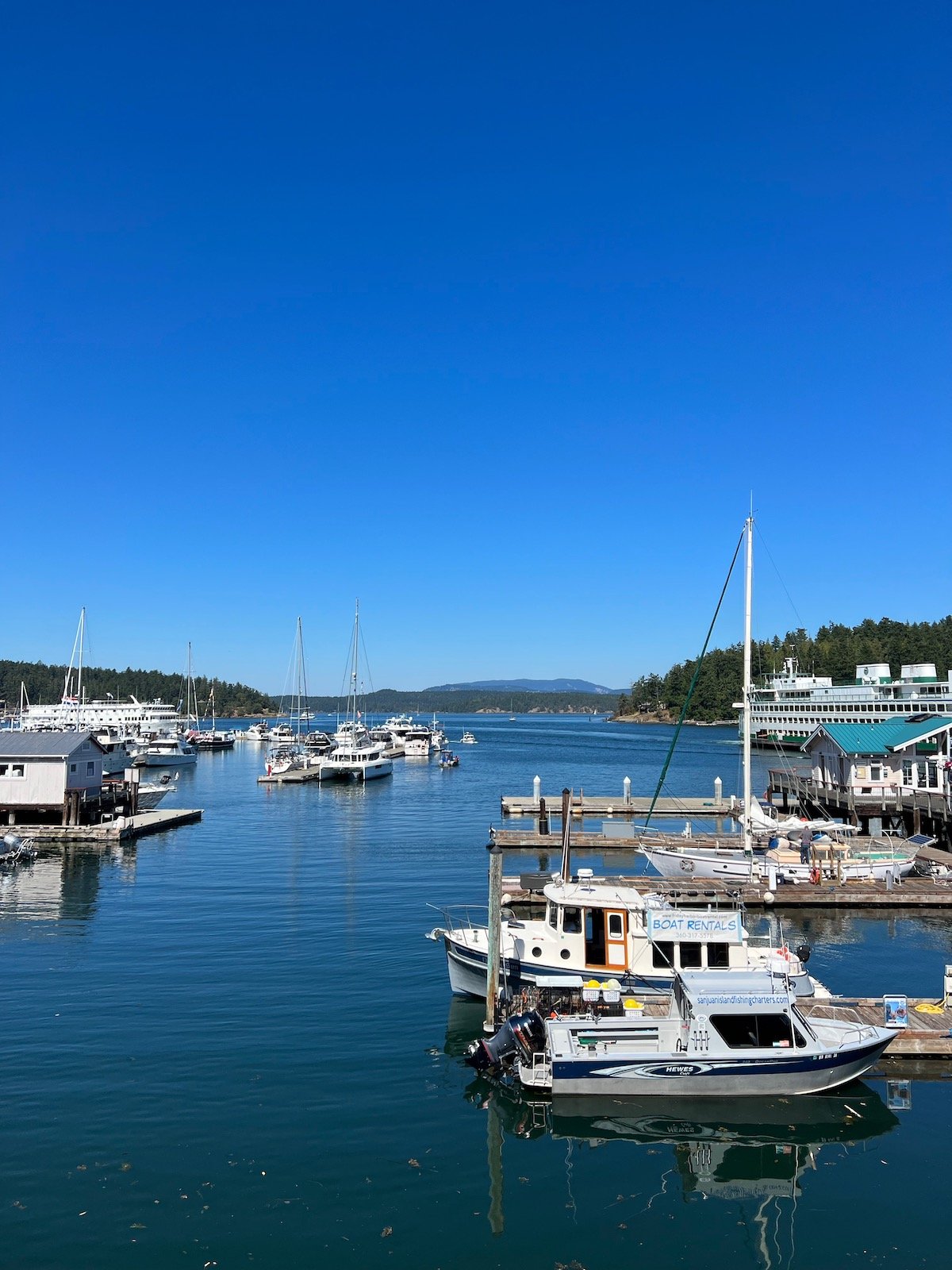
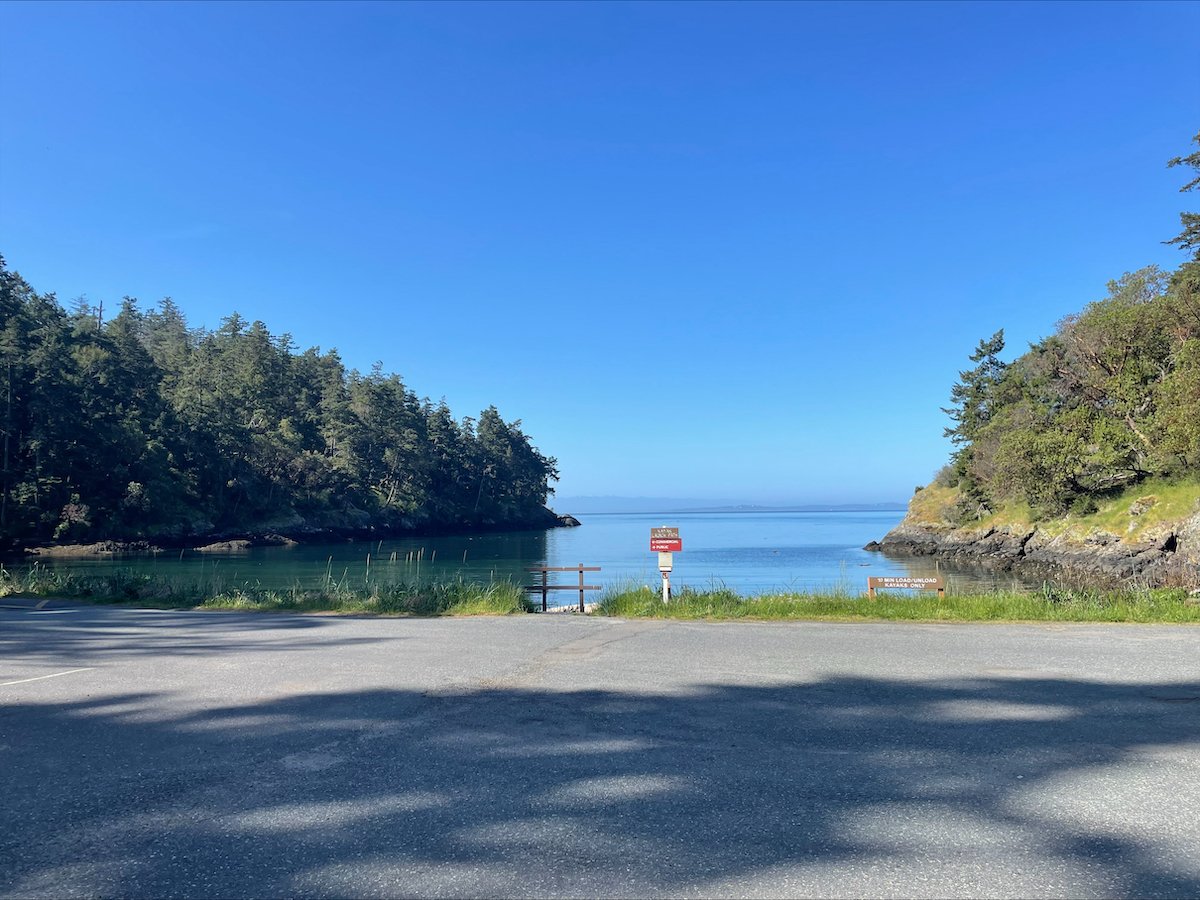

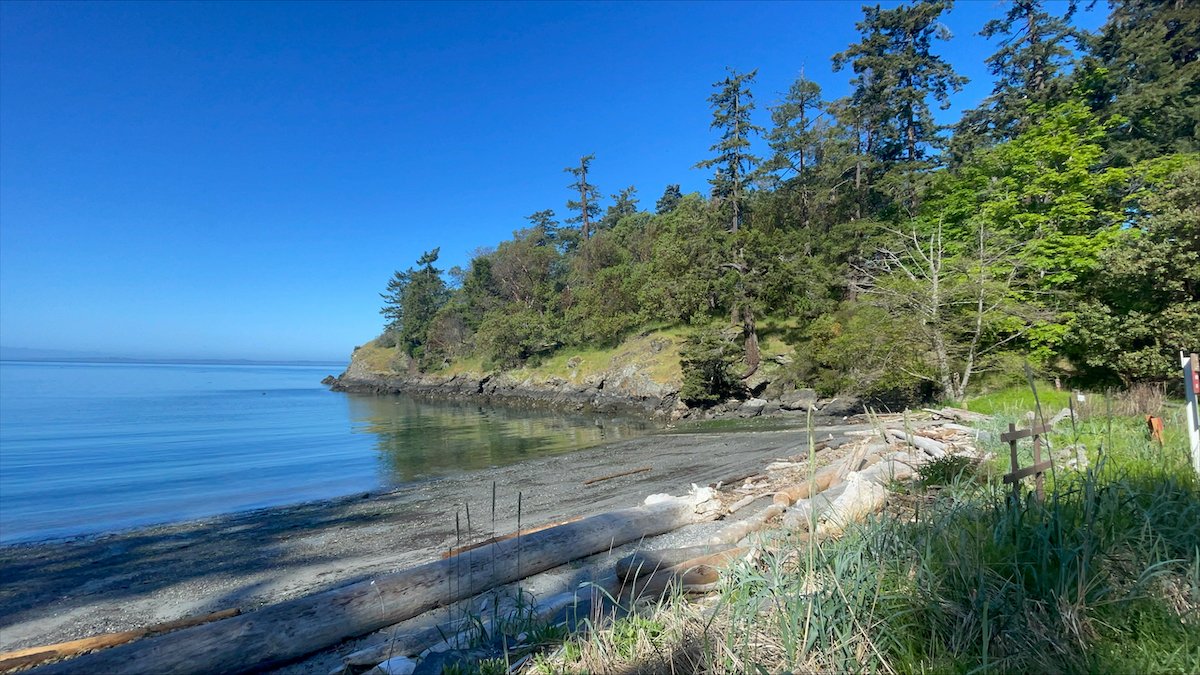
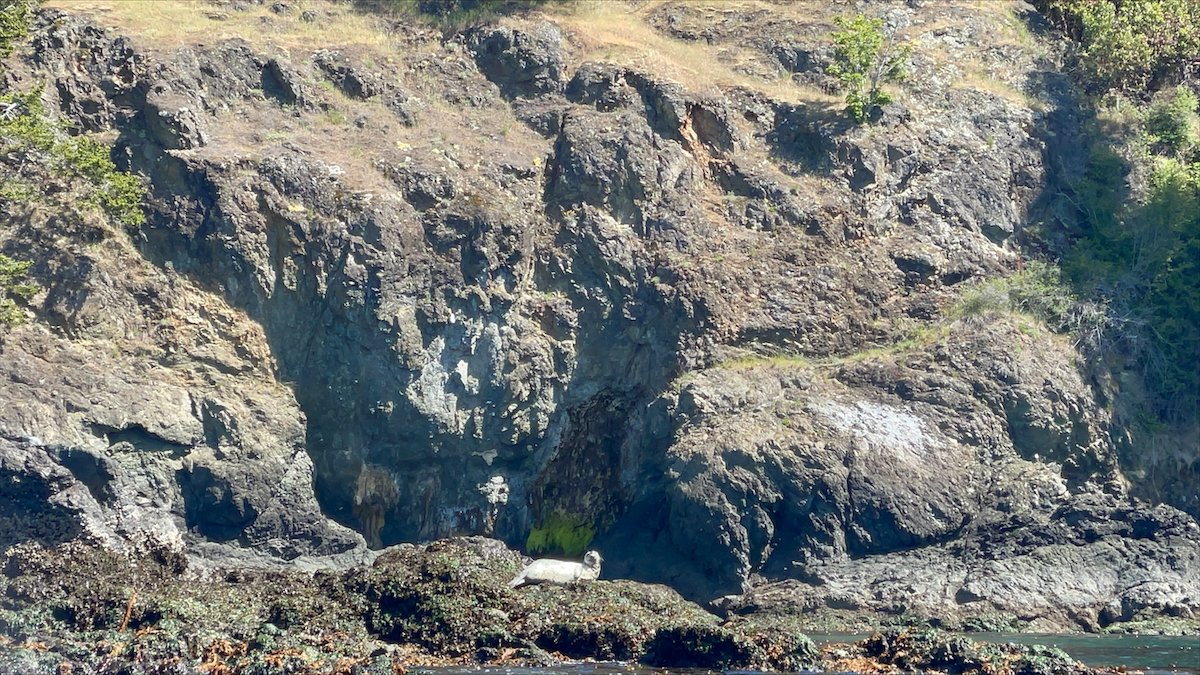
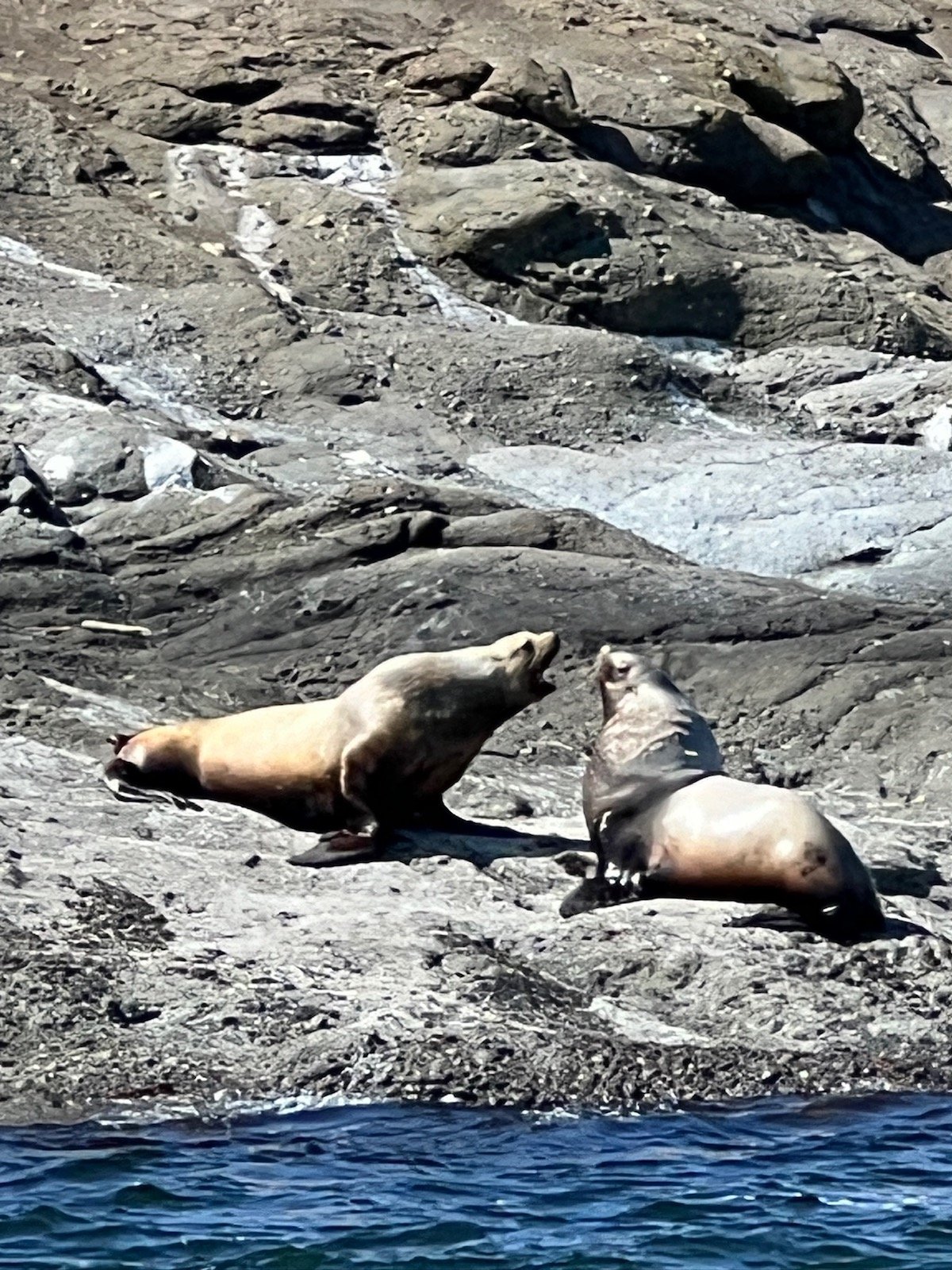


![Whidbey Island kayaking tour review [2024]](https://images.squarespace-cdn.com/content/v1/62c5c6be9225615a8d0231a9/846f9160-8324-4c44-b220-7c2d2ce1a3c3/Seakayaking-BowmanBay-FlatwaterKayakClub-FamilyKayak.jpeg)
![12 kayak adventures you must try [Pacific Northwest]](https://images.squarespace-cdn.com/content/v1/62c5c6be9225615a8d0231a9/f22da50b-6776-4cc3-a78b-c52f501b53e9/Sunset+Kayak+Tour+Columbia+River+Gorge-FlatwaterKayakClub.jpg)
Paddling across the glacier-clear waters of Eastern Oregon in a clear-bottom kayak under a sky full of stars is an unforgettable adventure.